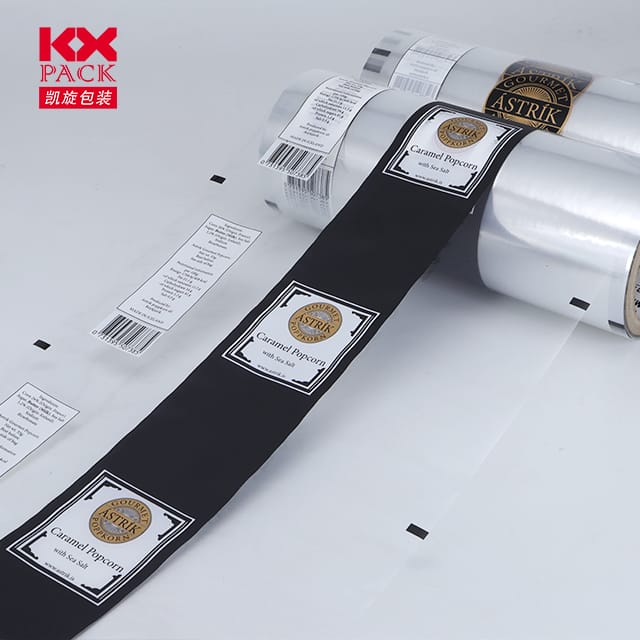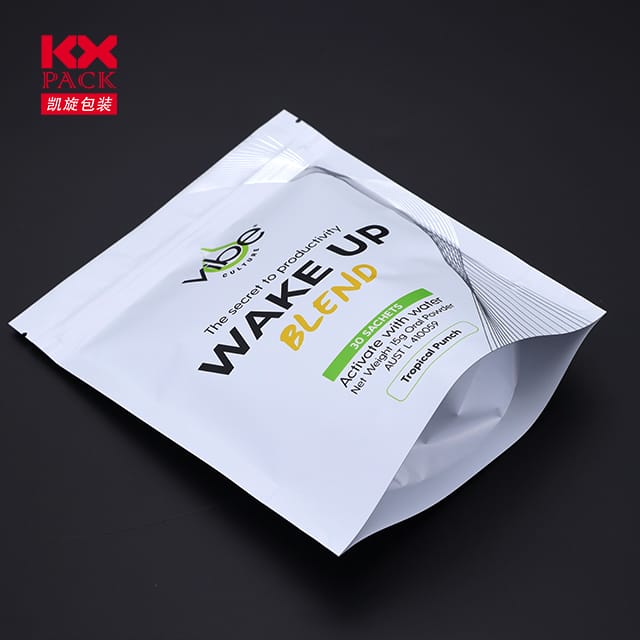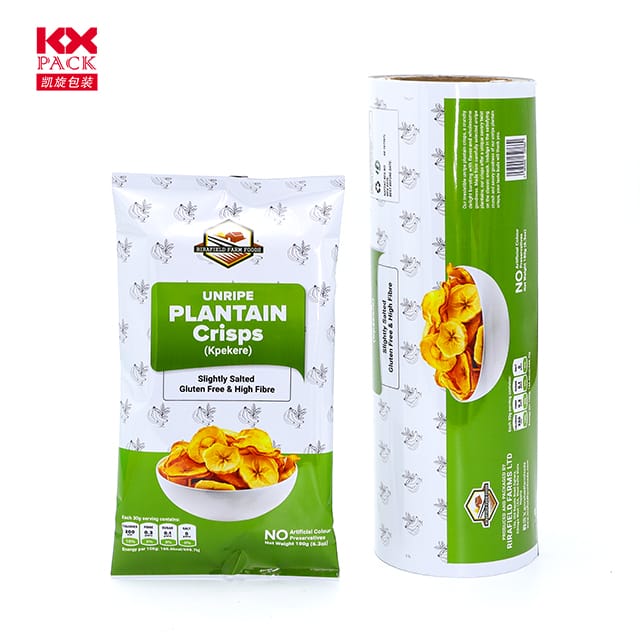วิวัฒนาการและความสำคัญของฟิล์มแพ็คเกจอาหาร: สร้างความมั่นใจในความปลอดภัย, ความยั่งยืน, และความสะดวก (2)
Food Package Film
In today’s fast-paced world, ภาพยนตร์แพคเกจอาหารมีบทบาทสำคัญในการรักษาคุณภาพ, ความปลอดภัย, และการเข้าถึงอาหารที่เราบริโภคทุกวัน. จากผักกรอบในตู้เย็นของคุณไปจนถึงของว่างพร้อมทานในครัวของคุณ, บางนี้, เลเยอร์ที่ถูกมองข้ามบ่อยครั้งเป็นสิ่งมหัศจรรย์ของวิศวกรรมสมัยใหม่. Let’s dive into why food package film matters, its technological advancements, และการมุ่งเน้นไปที่ความยั่งยืนที่เพิ่มขึ้น.
1. The Core Functions of Food Package Film
Food package film isn’t just about wrapping; it’s a science-backed solution designed to:
- Extend Shelf Life: By acting as a barrier against oxygen, ความชื้น, และสารปนเปื้อน, films like polyethylene (วิชาพลศึกษา), โพรพิลีน (PP), and biodegradable alternatives slow down spoilage and maintain freshness.
- Preserve Nutritional Value: Advanced films can block UV light and control gas exchange, preventing the degradation of vitamins and flavors in packaged foods.
- Ensure Food Safety: Hermetic seals created by these films shield products from pathogens, reducing the risk of foodborne illnesses.
- Enhance Convenience: Resealable zippers, easy-tear designs, and microwave-safe materials make modern packaging user-friendly.
2. Innovations Driving the Industry
The food packaging sector is constantly evolving, with breakthroughs in:
- บรรจุภัณฑ์ที่ใช้งานอยู่: Films embedded with antioxidants, antimicrobial agents, or oxygen scavengers actively preserve food quality. ตัวอย่างเช่น, a film containing iron-based oxygen absorbers can extend the shelf life of meat by days.
- บรรจุภัณฑ์อัจฉริยะ: Sensors integrated into films detect spoilage by monitoring gases like CO₂ or pH changes, alerting consumers to freshness.
- นาโนเทคโนโลยี: Ultra-thin nanocomposite films offer superior barrier properties while using less material, ลดของเสีย.
- วัสดุที่ย่อยสลายได้ทางชีวภาพ: Eco-friendly options like polylactic acid (ปลา), มาจากแป้งข้าวโพด, and seaweed-based films are gaining traction as alternatives to traditional plastics.
3. The Sustainability Challenge
While food package film is indispensable, its environmental impact is a growing concern. Single-use plastics contribute to pollution, and recycling rates remain low. อย่างไรก็ตาม, the industry is rising to the challenge:
- ภาพยนตร์ที่สามารถผสมได้: Brands are adopting materials that break down naturally in home compost systems, reducing landfill waste.
- Recyclable and Mono-Material Solutions: Simplifying packaging to use a single type of polymer (เช่น, all-PE films) improves recyclability.
- การมีน้ำหนักเบา: Reducing film thickness without compromising strength cuts down on raw material use and transportation emissions.
- ความคิดริเริ่มทางเศรษฐกิจแบบวงกลม: Companies are exploring take-back programs and partnerships with recyclers to close the loop on packaging waste.
4. Consumer Trends Shaping the Future
Today’s shoppers are more conscious than ever, demanding:
- ความโปร่งใส: Clear labeling about packaging materials and recyclability.
- Minimalism: Eco-conscious consumers prefer less packaging and bulk-buying options.
- Functionality with Purpose: Films that not only protect food but also align with values like zero waste.
บทสรุป: A Balancing Act
Food package film is a testament to human ingenuity—it keeps our food safe, reduces waste, and adapts to our evolving needs. อย่างไรก็ตาม, the path forward requires innovation, collaboration, and a commitment to sustainability. ในฐานะผู้บริโภค, we can support brands prioritizing eco-friendly packaging, while manufacturers must invest in greener technologies.
The next time you unwrap a snack or store leftovers, take a moment to appreciate the science behind that thin layer of film. It’s not just packaging; it’s a guardian of quality, a shield against waste, and a symbol of our journey toward a more sustainable future.
What’s your take on food packaging? แบ่งปันความคิดของคุณในความคิดเห็นด้านล่าง! 🌱🍴







